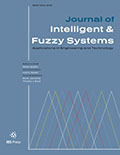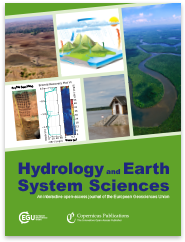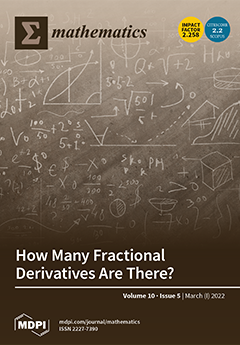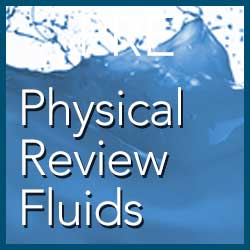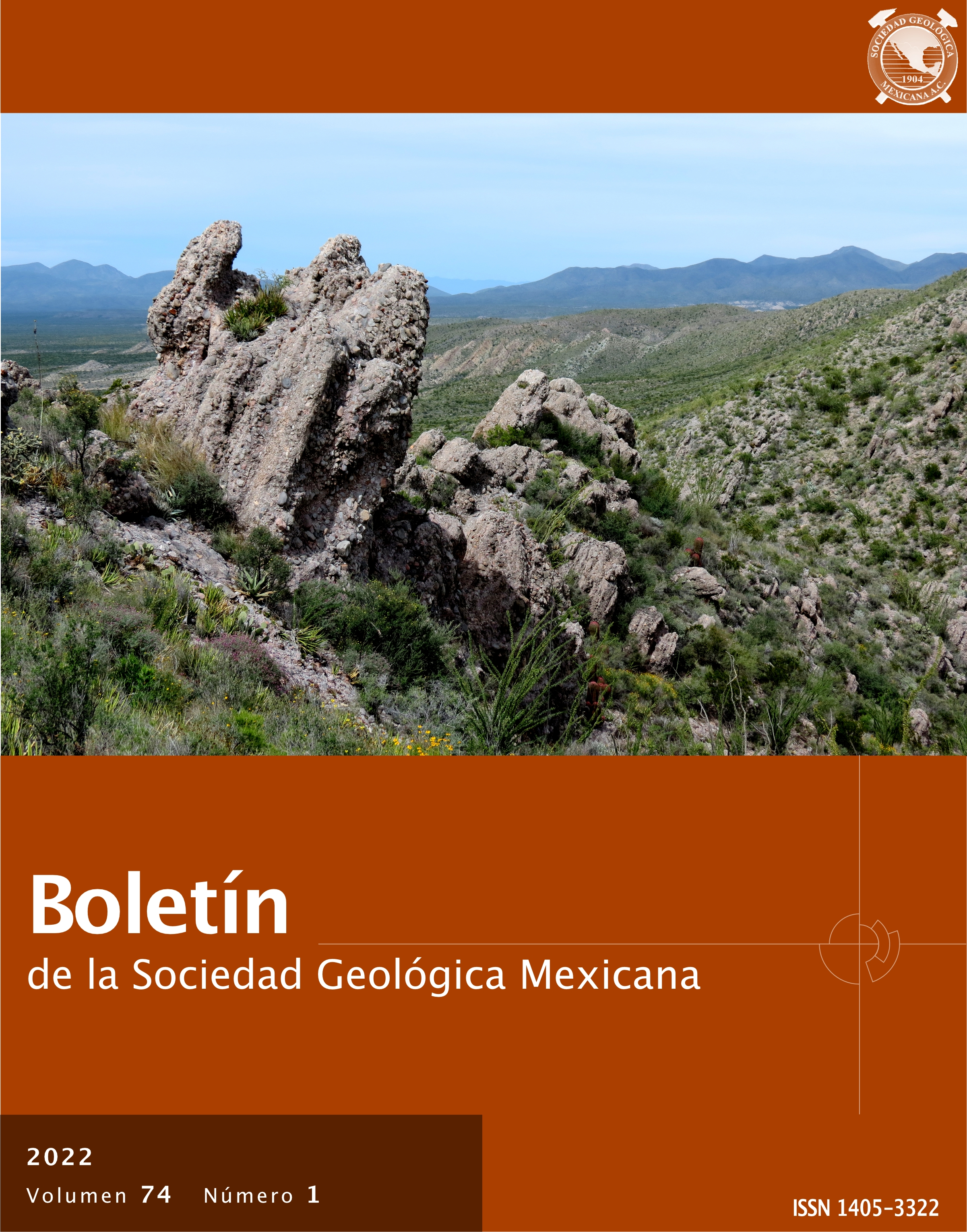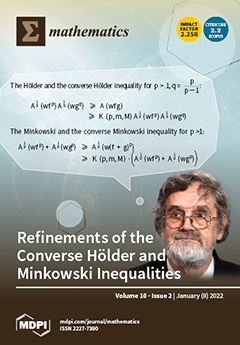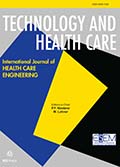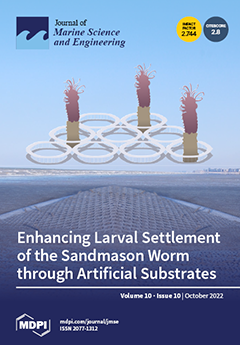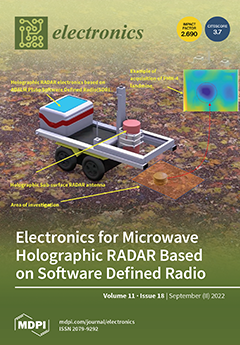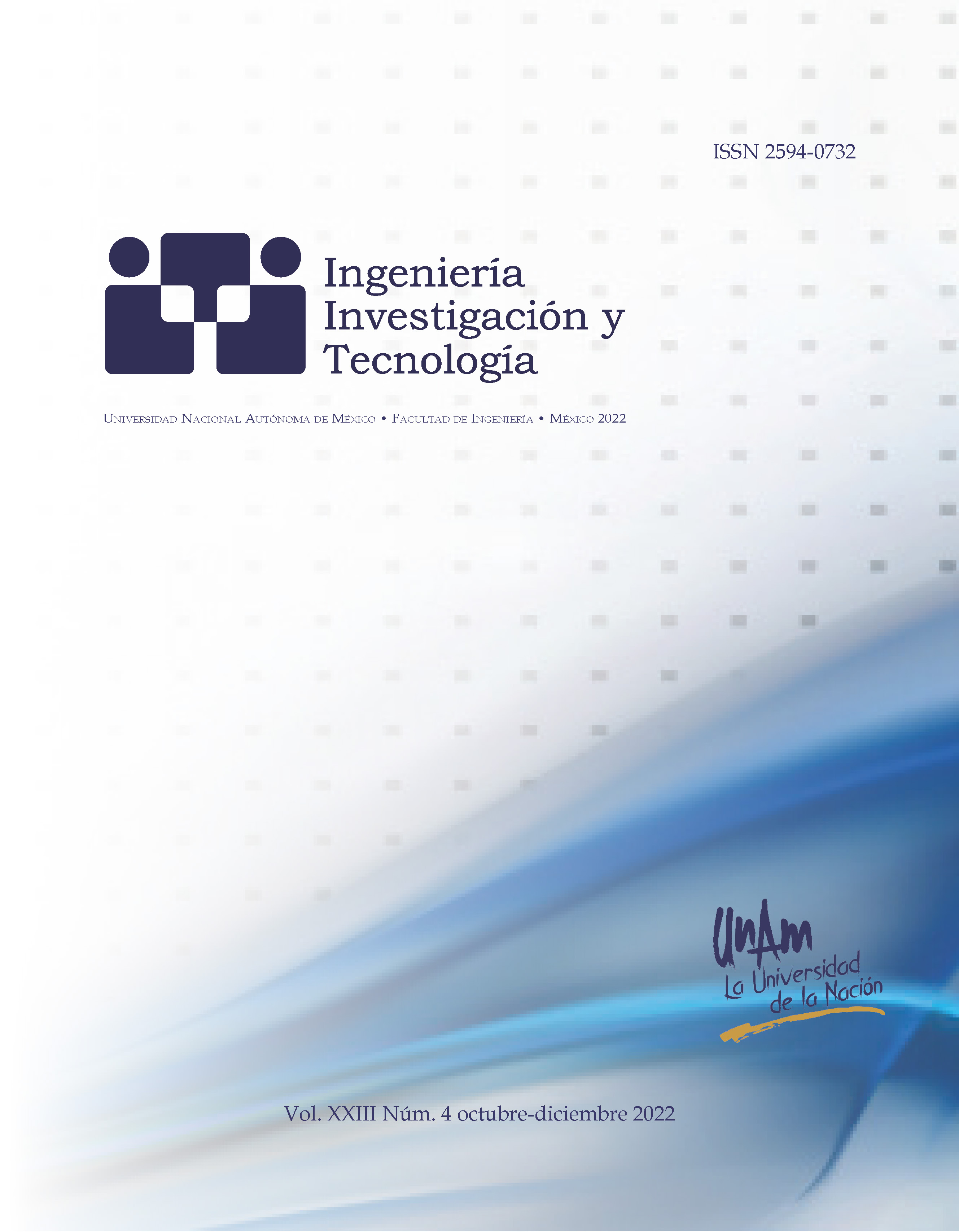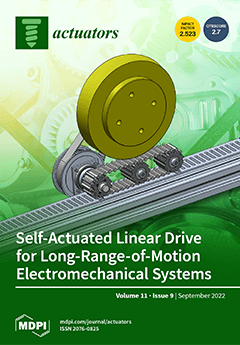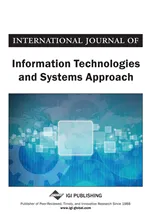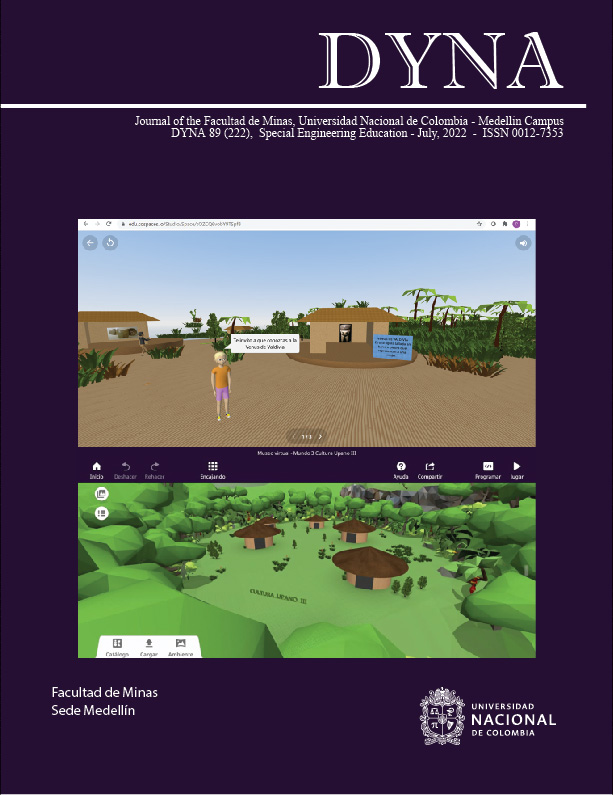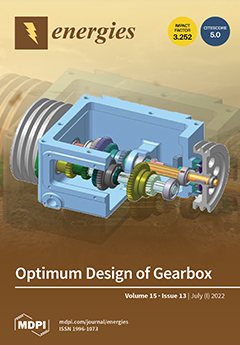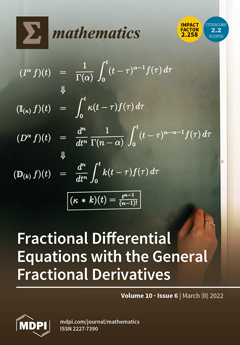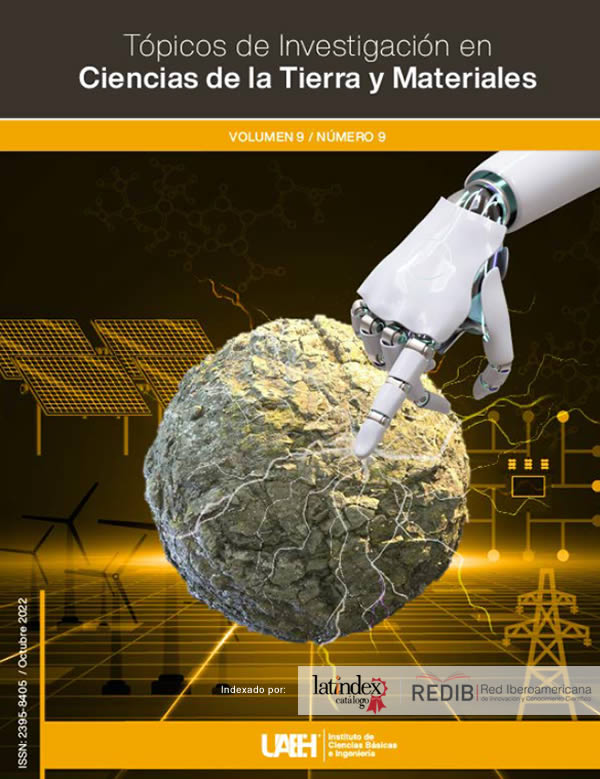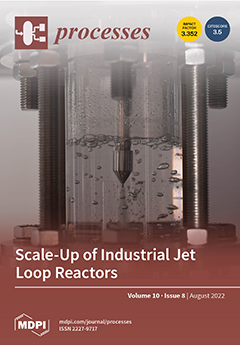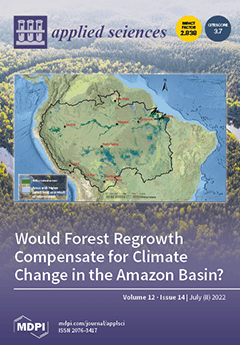
Distributed generation in low-voltage DC systems by wind energy in the Baja California Peninsula, Mexico
Energy
https://doi.org/10.1016/j.energy.2021.122530
Rodolfo Farías Miranda1 , Nadia Maria Salgado Herrera2 , Osvaldo Rodríguez Hernández2 , Juan Ramón Rodríguez Rodríguez3 , Miguel Robels 2 , Dante Ruiz Robles4 , Vicente Venegas Rebollar1
1 Tecnológico Nacional de México, Campus Morelia
2 Universidad Nacional Autónoma de México, Instituto de Energías Renovables
3 Universidad Nacional Autónoma de México, Facultad de Ingeniería
4 Universidad Nacional Autónoma de México, Escuela Nacional de Estudios Superiores Unidad Juriquilla
Keywords: Distributed renewable energy access, Low-voltage direct current, Wind energy conversion system, Dual active bridge, Small signal model, Real-time validation
Abstract: Mexico's national electric grid comprises ten regional systems, with one isolated in the south of the Baja California Peninsula. In addition, providing electricity access remains a challenge in the country. Therefore, distributed renewable energy solutions are relevant to satisfy the electricity demand and promote grid development. Distributed renewable energy access (DREA) based on a wind energy conversion system integrated into low-voltage direct current (LVDC) networks is presented. The DREA is analysed and simulated under wind speed conditions measured and recorded for one year at Baja California Sur. A representative variability is applied to five type-4 wind turbines based on wind speed turbulence intensity analysis. The generated power is transferred through a bidirectional dual active bridge converter, controlled by a novel small-signal model using a single closed-loop proportional-integral control, owing to its modularity, power density, and ability to transfer power from LVDC to high-voltage direct current. The effectiveness and robustness of the proposed DREA are assessed via a complete mathematical model, corroborated by the simulation results in MATLAB-Simulink®, and validated by experimental results using the real-time simulator Opal-RT Technologies® and laboratory prototyping. The results indicate a DC-link voltage compensation and integration of a power capacity of 150 kW in the LVDC networks with an efficiency of 94%.
Energy
https://doi.org/10.1016/j.energy.2021.122530
Rodolfo Farías Miranda1 , Nadia Maria Salgado Herrera2 , Osvaldo Rodríguez Hernández2 , Juan Ramón Rodríguez Rodríguez3 , Miguel Robels 2 , Dante Ruiz Robles4 , Vicente Venegas Rebollar1
1 Tecnológico Nacional de México, Campus Morelia
2 Universidad Nacional Autónoma de México, Instituto de Energías Renovables
3 Universidad Nacional Autónoma de México, Facultad de Ingeniería
4 Universidad Nacional Autónoma de México, Escuela Nacional de Estudios Superiores Unidad Juriquilla
Keywords: Distributed renewable energy access, Low-voltage direct current, Wind energy conversion system, Dual active bridge, Small signal model, Real-time validation
Abstract: Mexico's national electric grid comprises ten regional systems, with one isolated in the south of the Baja California Peninsula. In addition, providing electricity access remains a challenge in the country. Therefore, distributed renewable energy solutions are relevant to satisfy the electricity demand and promote grid development. Distributed renewable energy access (DREA) based on a wind energy conversion system integrated into low-voltage direct current (LVDC) networks is presented. The DREA is analysed and simulated under wind speed conditions measured and recorded for one year at Baja California Sur. A representative variability is applied to five type-4 wind turbines based on wind speed turbulence intensity analysis. The generated power is transferred through a bidirectional dual active bridge converter, controlled by a novel small-signal model using a single closed-loop proportional-integral control, owing to its modularity, power density, and ability to transfer power from LVDC to high-voltage direct current. The effectiveness and robustness of the proposed DREA are assessed via a complete mathematical model, corroborated by the simulation results in MATLAB-Simulink®, and validated by experimental results using the real-time simulator Opal-RT Technologies® and laboratory prototyping. The results indicate a DC-link voltage compensation and integration of a power capacity of 150 kW in the LVDC networks with an efficiency of 94%.








